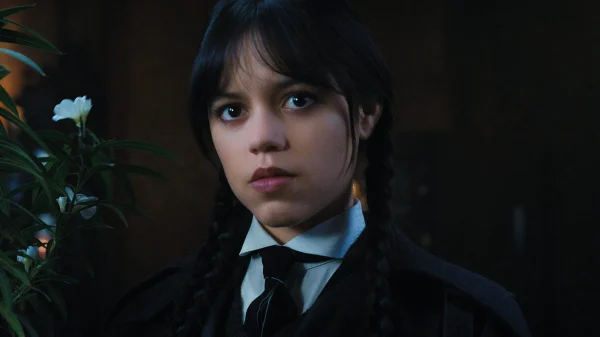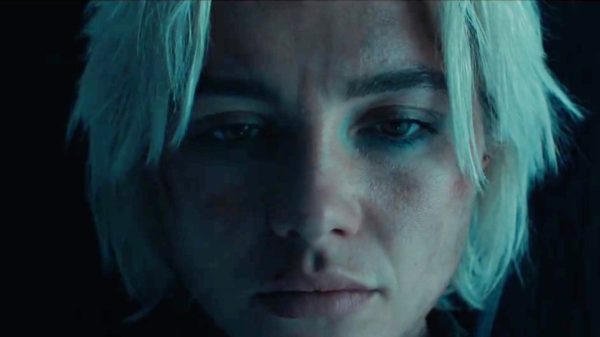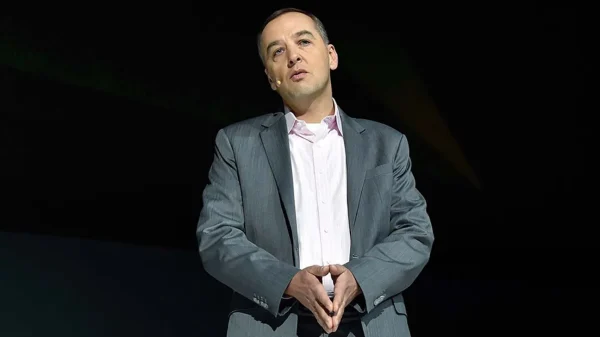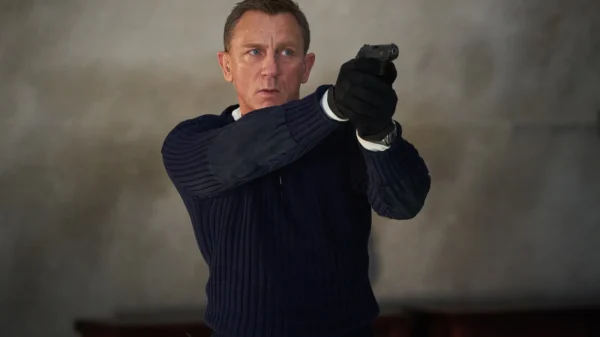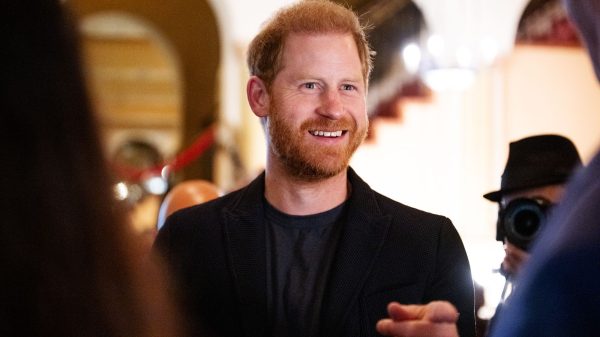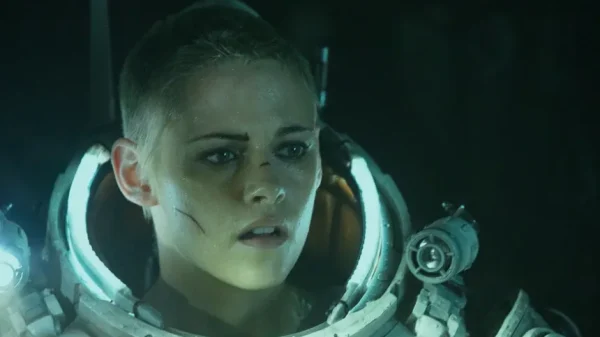Artificial intelligence is changing the way photography is approached from creation to final output. What once required hours of manual adjustments and specialised knowledge can now be handled by automated systems that produce high-quality results with minimal input.
From smartphone filters that adjust lighting based on facial features to editing platforms that remove unwanted elements, AI has introduced a new way of handling visual content. This development has affected both professionals and casual users alike, offering tools that simplify the creative process and enhance image quality.

AI is reshaping snapshots with speed and precision (Photo: Getty Images)
Photographers who once depended entirely on their manual skills are now working side by side with intelligent systems that assist in capturing and improving images. Many photo editing processes that used to require years of practice are now accessible to beginners through AI-powered software. As a result, the industry is going through changes that have reshaped both artistic expression and business practices in photography.
AI’s influence is spreading into many areas, including image classification, enhancement, restoration, and content generation. Those working in journalism, fashion, weddings, and advertising have seen how machine-based tools support faster delivery, consistent results, and broader creative freedom. With this technological development, questions about originality and ethical use have also been raised.
Automation in Photo Editing and Retouching
In the past, photo editing involved step-by-step manipulation through software requiring a strong understanding of colour theory, lighting, and visual balance. Today, AI applications can detect and correct flaws in seconds.
Skin blemishes, lighting inconsistencies, and background distractions are quickly handled with just a few clicks. This advancement has opened doors for people who may lack formal training but still seek professional results.
Retouching tools powered by AI can apply filters based on mood, enhance shadows, and remove wrinkles or imperfections without altering the authenticity of a face.
Photographers now spend less time working on corrections and more time focusing on their craft. What used to take hours is now completed within minutes, reducing costs and improving productivity for many professionals in the field.
These improvements have been adopted by both individuals and companies. Portrait studios, wedding photographers, and social media managers now rely on automated editing platforms that handle bulk image processing with consistent output.
Image Recognition and Smart Organisation
Sorting through thousands of pictures can be tiring, especially for photographers covering large events or working in archives. AI has helped to address this issue through image recognition systems that identify subjects, objects, and scenes without human assistance. Whether it is identifying faces in a family photo collection or detecting food items in a restaurant shoot, AI can categorise and tag photos automatically.
This system is especially useful for media agencies and e-commerce platforms, where images are constantly produced and stored. With these tools, photographers do not need to spend time manually tagging files. Instead, they can retrieve pictures based on visual content, making their workflow smoother and more structured.
For photographers working with massive archives, AI’s ability to analyse image data improves the speed and accuracy of searches. It enables easy organisation of digital assets, providing quicker access to past projects or important visuals.
Creative Input and Artistic Enhancement
Beyond efficiency, AI is also helping photographers make artistic choices. By studying thousands of examples, AI can learn to suggest framing techniques, composition adjustments, and colour grading methods.
Some AI applications can even generate entirely new images based on a set of parameters provided by the user, helping artists develop ideas or visualise concepts before they are executed with a camera.
Tools that simulate lighting effects or replicate historical photography styles give creators more options in how they present their subjects. These intelligent suggestions act more as creative partners rather than replacements for human intuition. AI proposes options while leaving the final choice to the artist, encouraging fresh ways of seeing and presenting visuals.
This form of assistance is useful in both commercial and artistic photography. Fashion photographers, for instance, use AI to preview how colours interact with skin tones or how light would fall on different fabrics, improving planning before actual photoshoots begin.
AI in Smartphone Cameras
Mobile photography has benefited greatly from AI integration. Smartphone cameras now come with built-in features that detect scenes, adjust settings automatically, and stabilise images. A phone can identify a sunset, a night scene, or a moving subject and respond with the appropriate exposure, white balance, and focus.

AI Transforming Traditional Photography (Photo: Shutterstock)
These tools are especially useful for everyday users who may lack technical knowledge but want good pictures. AI-driven enhancements in mobile cameras have narrowed the gap between amateur and professional photography. With just a click, people can capture sharp, well-lit images even in challenging conditions.
Night mode and portrait effects, for instance, are now standard on many devices, using AI to process multiple frames at once and deliver clean, detailed pictures. This ease of use encourages more people to express themselves visually, contributing to the growing culture of photography across social platforms.
Restoration and Preservation of Historical Images
Old photographs often suffer from damage, fading, and quality loss over time. AI tools are now helping restore these pictures by analysing patterns and filling in missing parts. They can fix tears, correct discolouration, and sharpen blurred images while keeping the original structure intact.
These tools are particularly important for preserving family histories, cultural archives, and journalistic materials. Museums, libraries, and even private collectors use AI to bring old photographs back to life without altering their original story.
The ability to restore images with such precision used to be reserved for expert retouchers, but now, many of these tasks are possible through user-friendly platforms.
This effort helps bridge past and present, making older images accessible to new generations who might otherwise never see them in clear form. It also supports researchers and educators who rely on visual materials for documentation and teaching.
Content Creation and Image Generation
Another area that has seen development is the creation of images without a camera. Using AI models, people can now produce photo-like visuals from descriptions or sample sketches. These generated images often mimic real photographs so well that they are used in advertising, design, and digital storytelling.
Though this trend raises questions about originality and authorship, it also offers opportunities. For businesses working with limited resources, AI-generated visuals can replace expensive photo shoots. Designers and illustrators can also use them as reference materials or idea starters.
This method has already been adopted by several marketing firms and media outlets. It allows faster production of visuals while maintaining creative control. Still, there is a need for thoughtful use to ensure that such images do not replace real human stories or deceive viewers.
Challenges and Ethical Considerations
As AI becomes more involved in photography, new concerns have emerged. One major concern involves image authenticity. When photos are altered or generated using AI, it becomes difficult to know what is real. This concern is especially serious in news reporting and legal documentation, where accuracy and honesty are essential.
There is also the concern of job loss in areas such as editing and content creation. As more processes become automated, photographers and editors may find their roles changing or shrinking. Those who rely on these skills for income must now learn how to work with AI or find new areas within the field where their expertise is still needed.
Another issue concerns data privacy. Since AI systems often require access to images and personal data, questions about how this information is stored, shared, and protected continue to grow. Users must be aware of the terms and conditions when using platforms that apply AI tools to their photographs.
How Photographers Are Adapting
Rather than resisting this change, many professionals are adjusting their methods. They are learning to use AI tools in ways that support their vision rather than take it over. Workshops, online courses, and communities are emerging to teach both new and experienced photographers how to make the most of these technologies.

Smart tools bring creative control to every user (Photo: Alamy)
Some have embraced hybrid approaches, blending traditional techniques with AI-assisted tools. This balance helps preserve the artistic aspect of photography while benefiting from the speed and efficiency of technology. Others have turned their attention to areas that require human judgement, such as directing models, setting scenes, or working in unpredictable environments.
Photographers who understand how to work alongside AI rather than fear it are discovering new paths for their careers. Whether in teaching, consulting, or content creation, many are using this moment to expand their services and reach wider audiences.
photography is likely to keep changing with further AI development. New tools may allow even greater control over light, texture, and movement. There could be systems that anticipate a subject’s position, timing shots perfectly, or applications that produce 3D visual representations from single images.
Though the tools may change, the heart of photography remains unchanged. It continues to be about capturing emotion, telling stories, and expressing ideas. AI can help sharpen that vision, but it cannot replace the human eye or the feeling behind a picture.
Photographers who keep learning and adapting are well-placed to use these changes to their advantage. By combining technology with creativity, they are showing that photography still has room to grow, even with machines playing a bigger role in the process.

